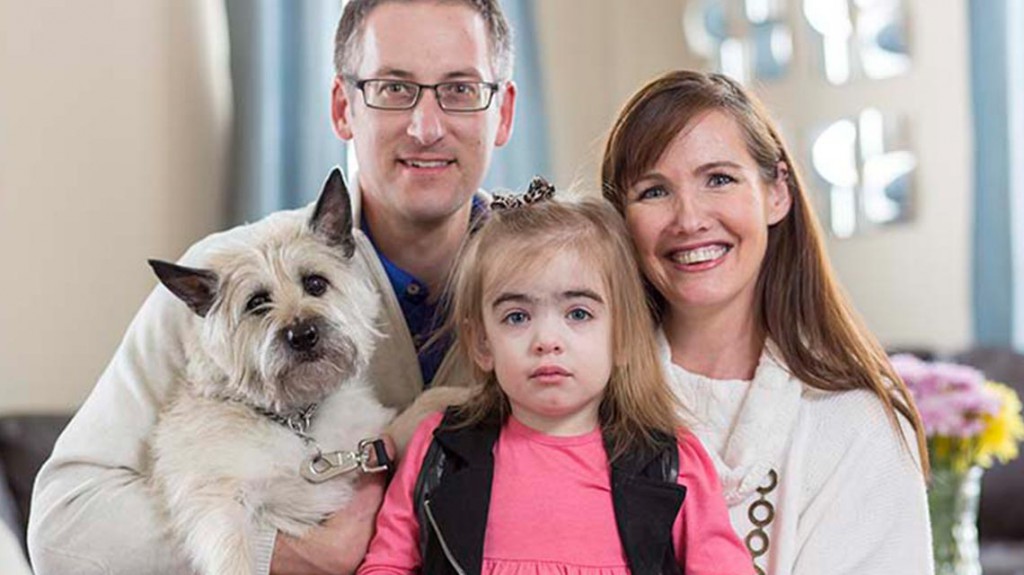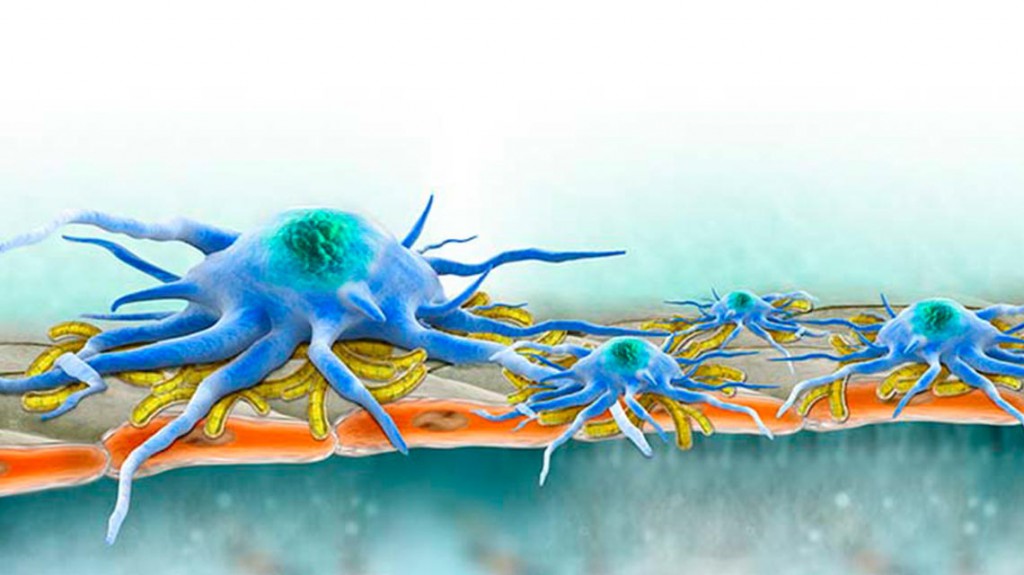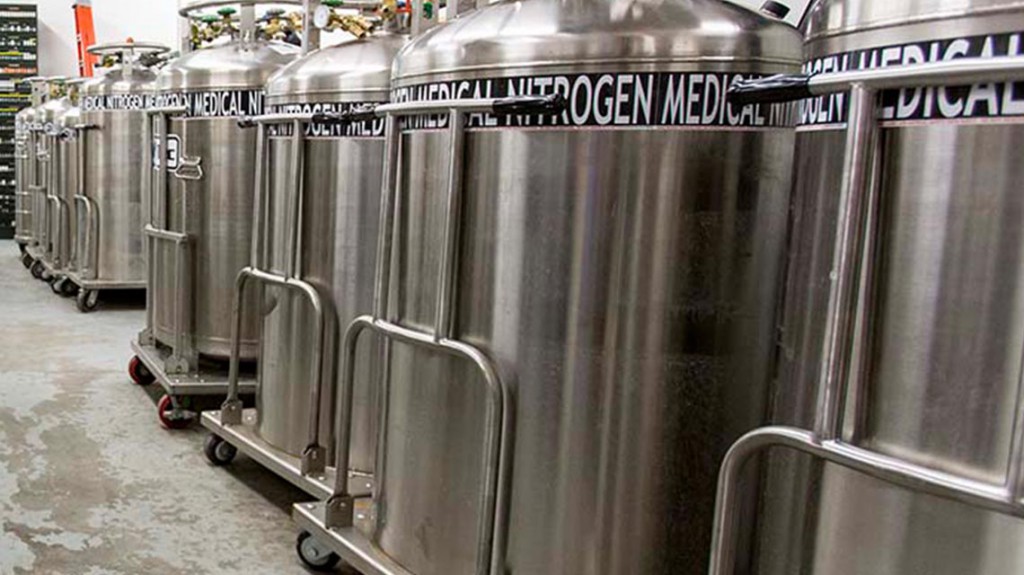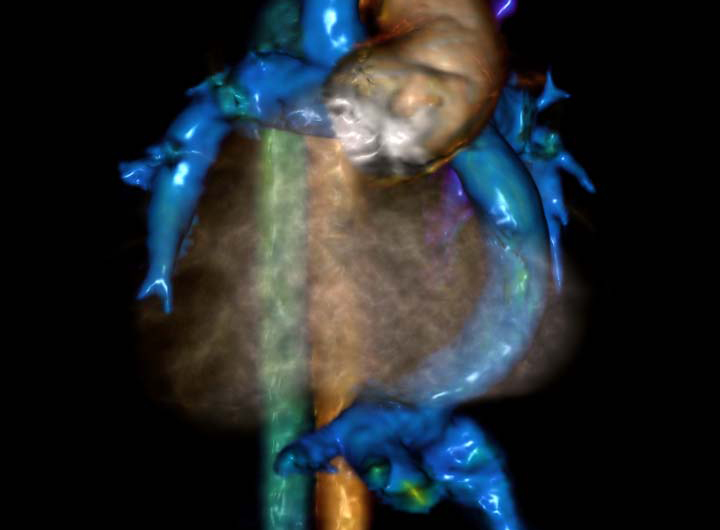Prodigy and Autism Share a Common Genetic Link, Study Finds
Prodigy and Autism Share a Common Genetic Link, Study Finds https://pediatricsnationwide.org/wp-content/themes/corpus/images/empty/thumbnail.jpg 150 150 Tiasha Letostak, PhD https://pediatricsnationwide.org/wp-content/uploads/2021/03/Tiasha-Letostak.jpgResearchers have discovered the first molecular genetic evidence for a shared etiology between prodigy and autism. A new study published in the journal of Human Heredity last month found that child prodigies share some of the same genetic variations with people who have autism. These findings could help geneticists better understand the molecular genetic underpinnings of autism and prodigy…






